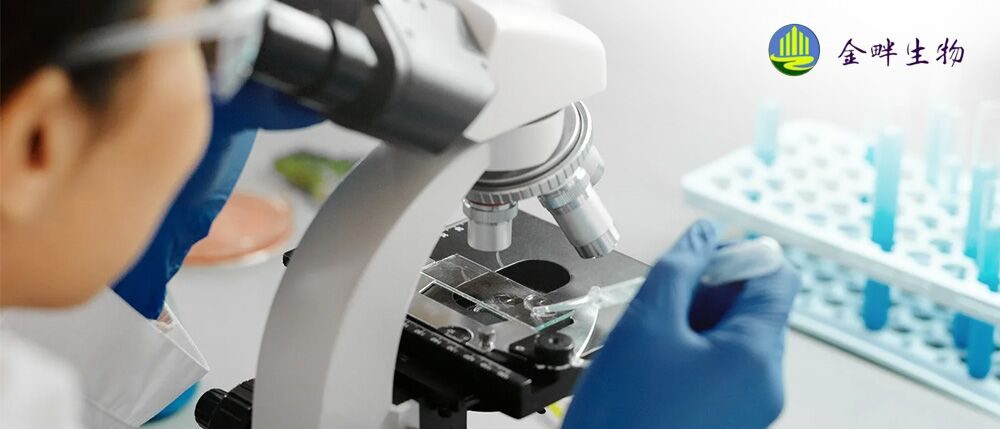Cryosalts 使用盐作为结晶试剂
Using salt as a crystallization reagent?
Many salts are cryosalts, including malonate, formate, citrate, tartrate, acetate, Tacsimate and other organic acids, ammonium sulfate (>3.5 M), lithium sulfate, lithium chloride and other alkylammonium salts. For cryo try increasing your salt concentration by 20%. (Cryosalts: suppression of ice formation in macromolecular crystallography, K. A. Rubinson et al, Acta Cryst. (2000). D56, 996-1001 doi:10.1107/S0907444900007587.
冰晶盐
使用盐作为结晶试剂?
很多盐是冰晶盐,包括丙二酸盐、甲酸盐、柠檬酸盐、酒石酸盐、乙酸盐、Tacsimate和其他有机酸、硫酸铵(>3.5 M)、硫酸锂、氯化锂和其他烷基铵盐。 对于冷冻,尝试将盐浓度提高 20%。 (冷冻盐:大分子晶体学中冰形成的抑制,K. A. Rubinson 等人,Acta Cryst. (2000). D56, 996-1001 doi:10.1107/S0907444900007587。
